Who could blame them? When the weather gets hot, humid, airless, what’s better than an afternoon lie-down in the park?
Photo by Edward Kasinec
Photo by Aruna Raghavan
Who could blame them? When the weather gets hot, humid, airless, what’s better than an afternoon lie-down in the park?

Photo by Edward Kasinec

Photo by Aruna Raghavan
Denizens of Robert Fulton huddle in intense concentration. Open-heart surgery? Complex plans for international peace? Computer programming to take over the world?

Photo by Cathie Campbell
Nope. It’s Robert Fulton’s Puzzlers attacking the latest challenge.
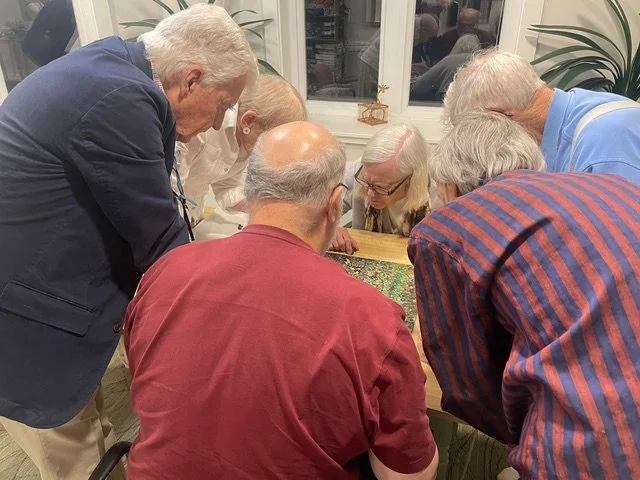
Photo by Cathie Campbell
Meanwhile, Clermont’s puzzle fiends have solved theirs . . .


While studying at Cambridge University, Charles Darwin was head of the Glutton Club, a student group that met weekly to dine on rare and overlooked foods. The culinary crew prided themselves on eating what one member described as “birds and beasts, which were before unknown to human palate.” According to member John Herbert, the club’s name was adopted in response to another Cambridge group that claimed to be adventurous eaters, but tended to dine on more common foods of the era, such as mutton chops, beans, and bacon.
In contrast, the Glutton Club feasted on hawk, heron-like wading bird, and even a “stringy brown” owl, which actually led to the end of the group because it was so unappetizing. Yet even after leaving Cambridge in 1831, Darwin continued his culinary adventures. The naturalist’s voyage around the world on the HMS Beagle led him to eat puma, iguana, giant tortoise, armadillo, and a 20-pound rodent he described as “the best meat I ever tasted.” However, Darwin erred in 1834 while exploring in Argentina. He realized mid-meal that he and his friends were dining on rhea, a South American ostrich that Darwin planned to study. In response, he grabbed the bones off his associates’ plates and combed through the garbage bin for any viable remains before sending them to a taxidermist in London.
Source: historyfacts.com
Contributed by Jane Hart
Recently, Lynn Brady donated Art Brady’s extensive collection of opera CDs to Kendal’s CD music collection on Mary Powell’s second floor. Peter Sibley created signage for the gift—and added new signs for the rest of the collection there, as well.






Contributed by Barbara Wallach

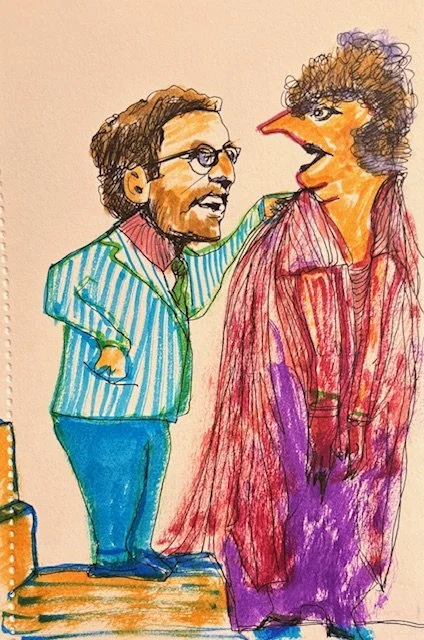
Fenster’s pick-up line needed work

Jason warned them: life gets trickier outside the safety of a tissue box

Marcus wondered if being a Vegan was really his thing

The Borchards’ new organic cafe was not gaining traction

With his beach day rained out, Molson made a sand castle out of gorilla glue and Froot Loops
Art and photos by Jane Hart
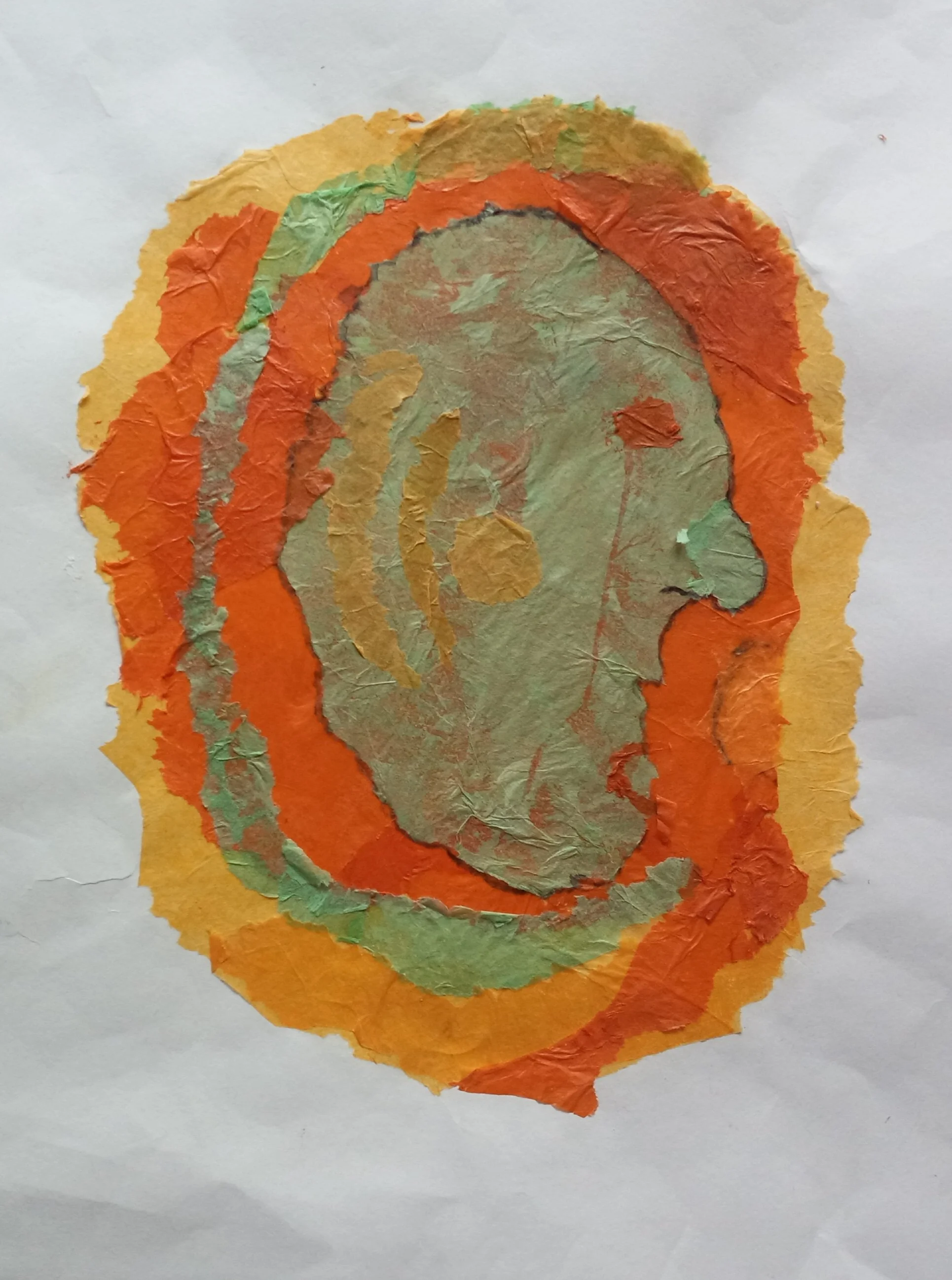
Art and photo by Sheila Benedis

Nothing more needs be said
Photo by Ruth Dinowitz
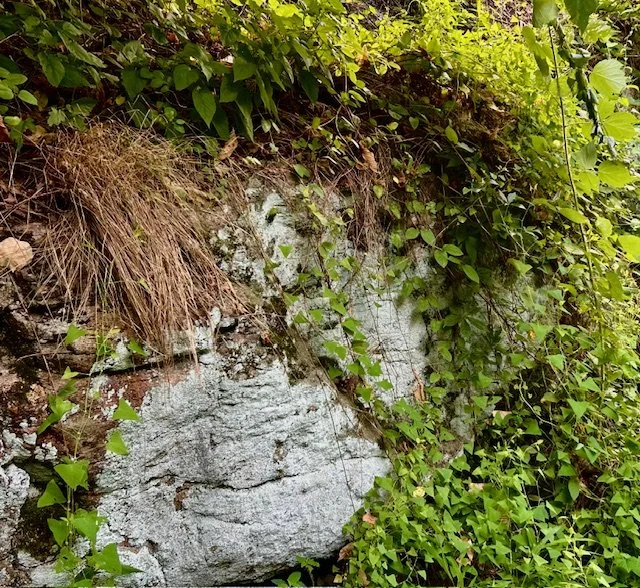


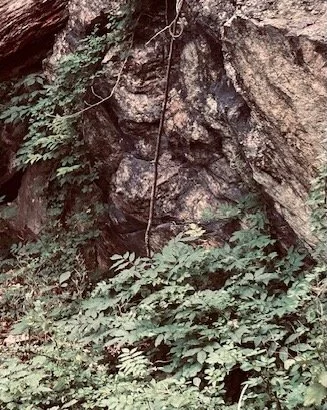
Photos by Carolyn Reiss
Last week Kendalites journeyed to The Hastings Center for Bioethics, whose recent presentation in the Gathering Room had sparked interest in their work on ethical issues in healthcare, science, and technology. The scholars gave a tour of the center and presentations on their research work, followed by questions and discussion. And we also had a lovely picnic with them on the Center’s porch.


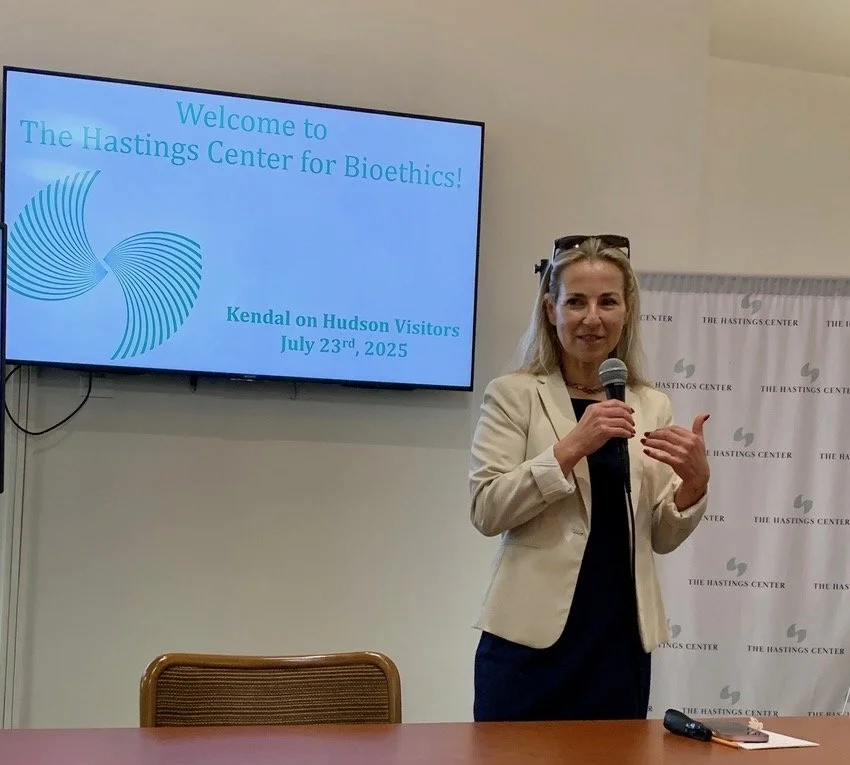


For all of the somber and mundane events that have occurred throughout human history, others are absurd enough to make you laugh out loud. The history website historyfacts.com has published some of them. We start this series below:
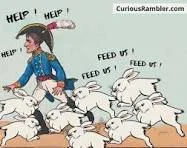
In one of history’s most shocking upsets, the emperor of the French was attacked by a horde of fluffy bunnies. The coup took place in July 1807 as Napoleon and his coterie celebrated a victory with a traditional rabbit hunt. Rather than run away, however, the bunnies began swarming Napoleon and his men. Though amusing at first, the situation quickly overwhelmed some of Europe’s foremost military strategists.

It’s odd enough that President Andrew Jackson had an African grey parrot named Poll, and stranger still that the bird was kicked out of Jackson’s funeral for foul language. As one attendee observed, “Before the sermon and while the crowd was gathering, a wicked parrot that was a household pet got excited and commenced swearing so loud and long as to disturb the people and had to be carried from the house.”

The first woman in space, Valentina Tereshkova, went without a toothbrush during her three days aboard the Vostok-6 spacecraft in 1963. To be fair, it wasn’t her fault: Mission control was actually in charge of packing the essentials, as the pioneering cosmonaut had other, presumably more scientific, things to focus on.

In 1907, one of the more unusual strikes in France’s history unfolded. Better wages and working conditions were at stake, but so was something unexpected: the right to grow a mustache. The facial hair was at its peak popularity, but servers were forced to be clean-shaven. After 16 days, the waiters returned to work. They did not get their desired one day off per week, but a fairer pay structure was in place—as were their mustaches.
To be continued . . .
Source: history facts.com
Contributed by Jane Hart

From the Office of Ellen Ottstadt
A rather new type of worker began to appear on the terrace a couple of weeks ago. Short, stocky, and covered with fur, he lingered over the rail of a Skyjack—an instrument that provides a platform that can be raised and lowered—seeming to sleep an awful lot.
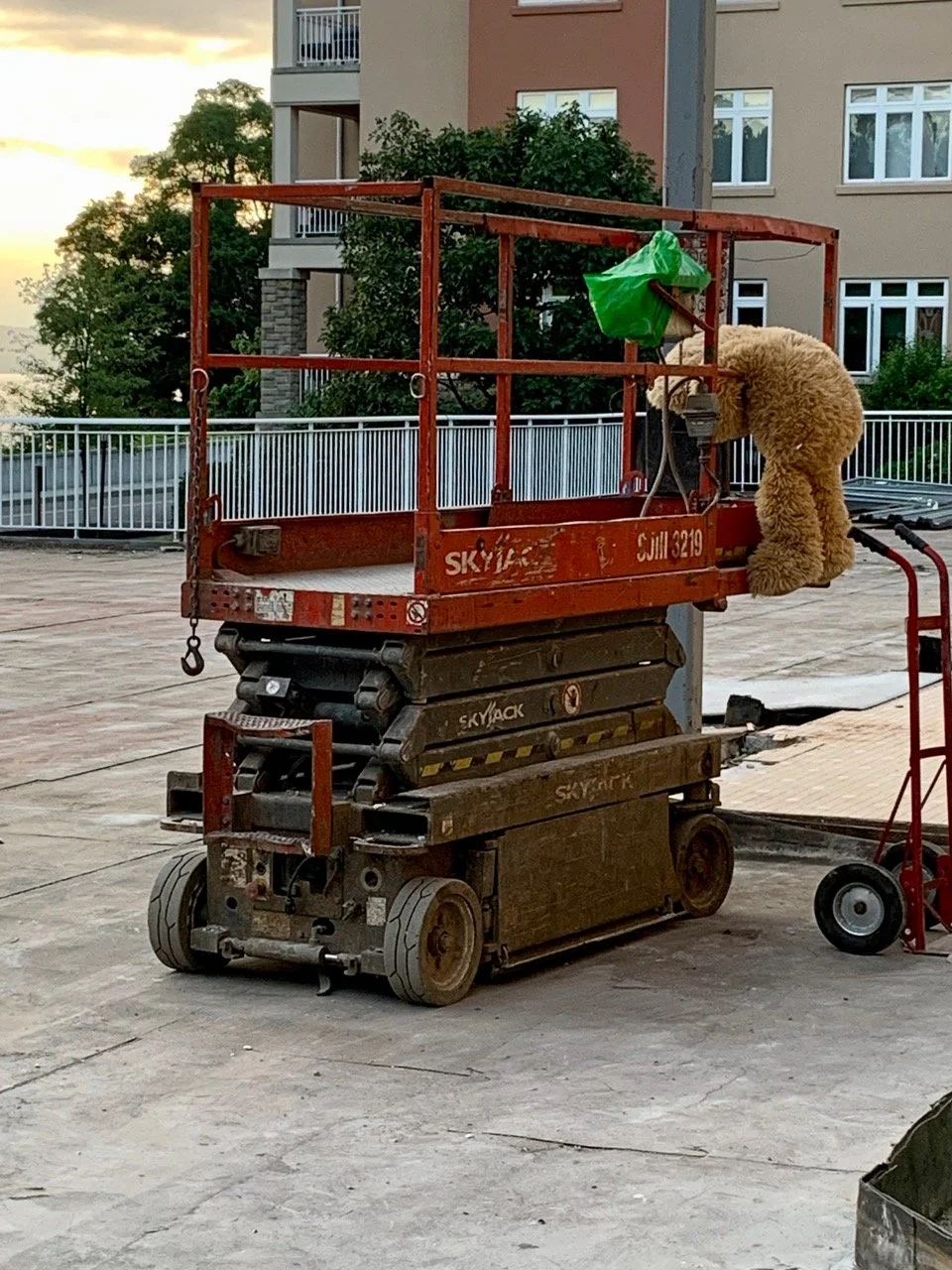
Photo by Harry Bloomfeld
Upon questioning, Project Supervisor Willie noted that he, the new guy, had been discovered lolling about in the pool area while it was being cleared. Some of his fellow workers had brought him outside and installed him on the Skyjack, thinking he might enjoy working in the open air, as he seemed to do little inside. He remained for the week, but mysteriously disappeared over the weekend. Having observed him over the week, we can only assume he was let go because he barely worked at all. Probably just crawled back into his cave.

By the spring of 1936, life was clearly on the upswing for John Steinbeck. As described in Jay Parini’s biography, the commercial success of his 1935 novel Tortilla Flat had produced newfound financial comfort for the author and his wife, Carol, and with it they were building a new home in an isolated stretch of wilderness outside Los Gatos, CA. Meanwhile, Steinbeck was knee-deep in another work, tentatively titled Something That Happened, that was originally meant as a children’s story but was turning into an experimental piece that could be absorbed from the page or performed on stage.
And then, a “minor tragedy stalked,” Steinbeck wrote in a letter to his literary agent on May 27, 1936. “My setter pup [Toby], left alone one night, made confetti of about half of my ms. [manuscript] book. Two months work to do over again . . . There was no other draft.”
Yet whatever anguish the author initially felt over seeing his months of hard work reduced to shreds had clearly tempered by the time he sat down to write the letter. “I was pretty mad but the poor little fellow may have been acting critically,” Steinbeck continued. “I didn’t want to ruin a good dog for a ms. I’m not sure is good at all. He only got an ordinary spanking with his punishment flyswatter. But there’s the work to do over from the start.”
Fortunately, Toby’s drastic edits proved but a temporary obstacle in the gestating story’s path to completion. Inspired by his new surroundings, which included a study crafted to his liking, Steinbeck restarted his tale of codependent migrant workers George and Lennie and furiously plowed through revisions until submitting what became Of Mice and Men to his editors in August. And while Steinbeck initially had modest hopes for his completed novella, Of Mice and Men became another critical and commercial hit upon publication in February 1937, ensuring that its now-famous author, his wife, and especially Toby could enjoy nothing but the finest dining options in the days to come.
Source: history facts.com
Contributed by Jane Hart

Contributed by Barbara Wallach

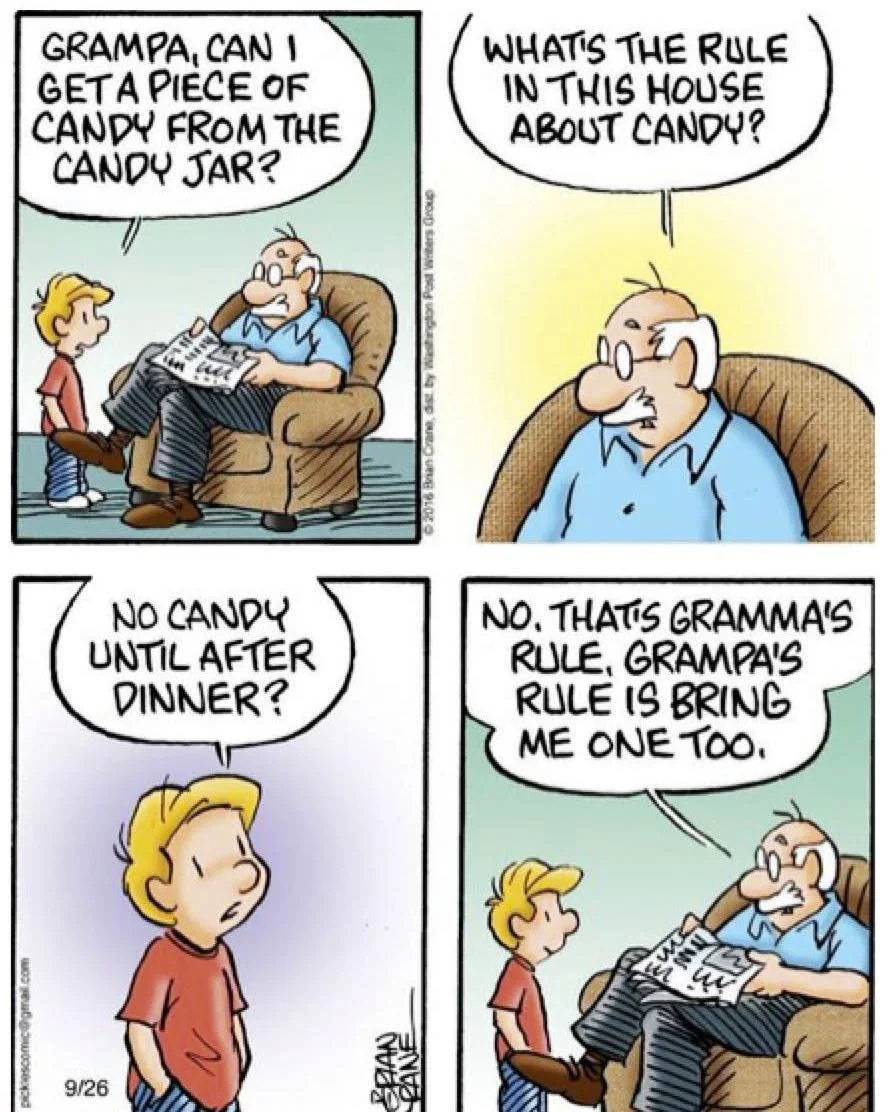



Contributed by Barbara Wallach

Art and photo by Sheila Benedis

Even after a bath, Primrose’s kitty smelled funny

Once the shy Ms. Slugg, Bernice retired--and became quite the party animal

It was Charlie’s bet that some kind of flying insect had bitten Woofy on the head
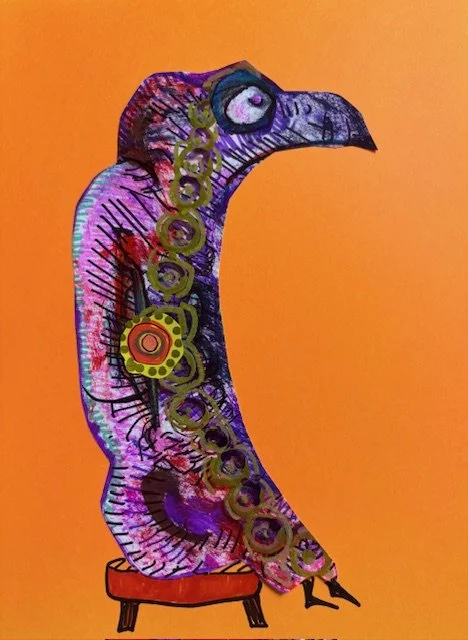
Aunt Missy practically invented overthinking

Eustis couldn’t sleep without a firm pillow
Art and photos by Jane Hart

Photo by Edward Kasinec

Photo by Philip Monteleoni
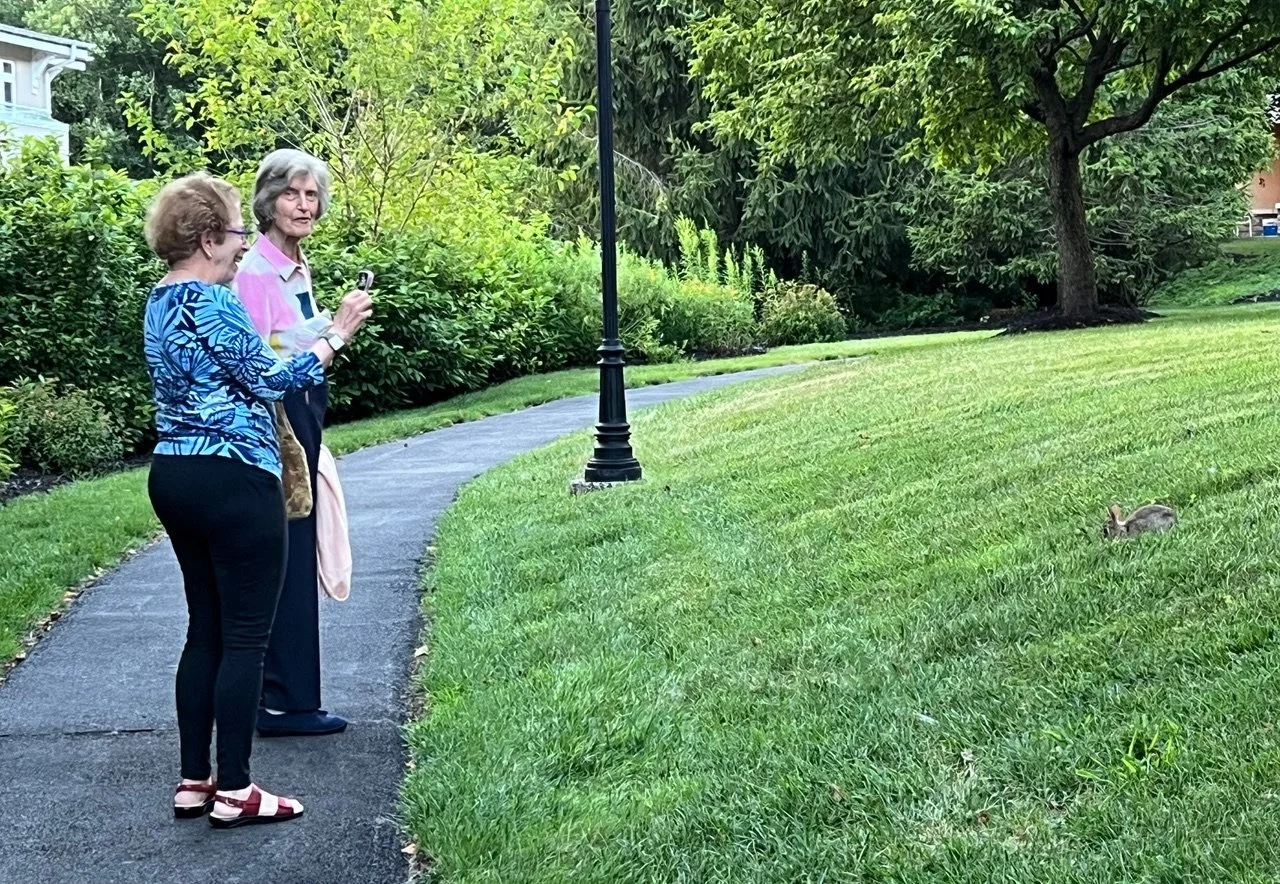
Photo by Philip Monteleoni
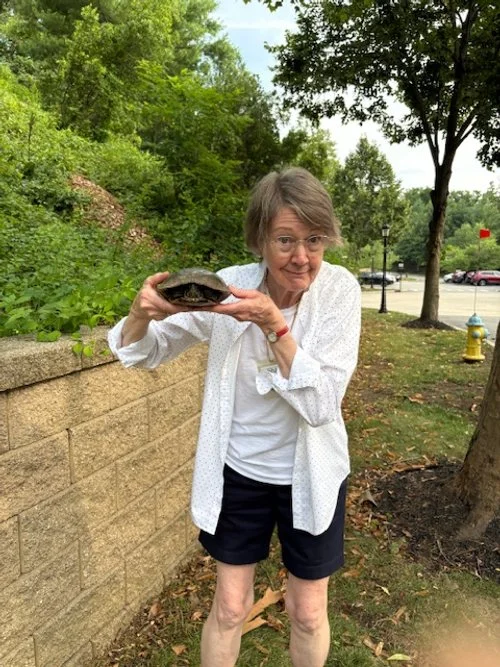
Sharry Luckach to the rescue, by Jane Hart
The Kendal Fiber Arts members learn about upcycling from Kirsten Harries


Photos by Marilyn Bottjer

Early Morning Sky, by Carolyn Reiss

Young Man Out in the World, by Harry Bloomfeld
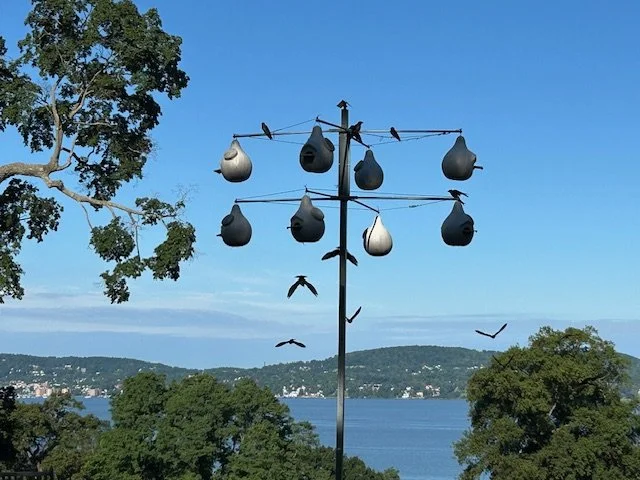
Birds of a feather: the Martins of Rockwood Park, by Carolyn Reiss

A Magnificent Kendal Sunset, by Cathie Campbell
Saturday last was one of those magic summer days: not too hot, with a lovely breeze. Marianne and Harry Bloomfeld decided it was a perfect day for “gardening”—Untermyer Gardens, that is.


Photos by Harry Bloomfeld
If you remember from last week’s Res Web, the Rockwood Park goats had been herded right next to Kendal Way. Then came the big rain storm. And down went the fence. The female goats seemed happy to stay. Plenty to eat. No hassle. Yeah, there’s a big, wide world out there, but—yawn—what the hey.
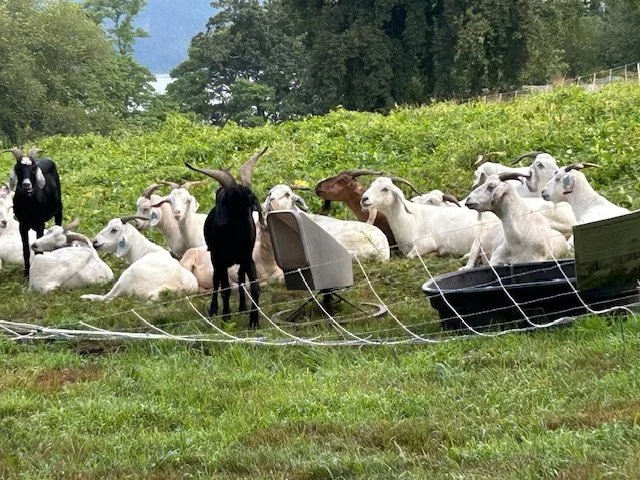
Then came the Billy—had handsome black fellow in the forefront of the ladies. Male with a mission—and that mission was wide open spaces. And that’s the point that Carolyn Reiss and her pup Allie came along.

The big white goats looked at little Allie. Little Allie looked at the big white goats. Carolyn took pictures—then decided it was time for her and Allie to take their leave. No doubt the horns had an influence in the decision. Once safely out of the escape route, Carolyn tried calling Stone Barns. Lots of recorded messages; no human beings. She then called the Rockefeller Preserve folks and they came a-running—and a-herding. A happy ending for everyone—except the Billy.
Photos by Carolyn Reiss
They were at it again, those French-loving Kendalites. As always ahead of the times, all Kendal was invited to celebrate Bastille Day on Sunday, July 13—and Francophiles responded dramatically.

There was wild dancing in the aisles:

Very wild—Mon Dieu!

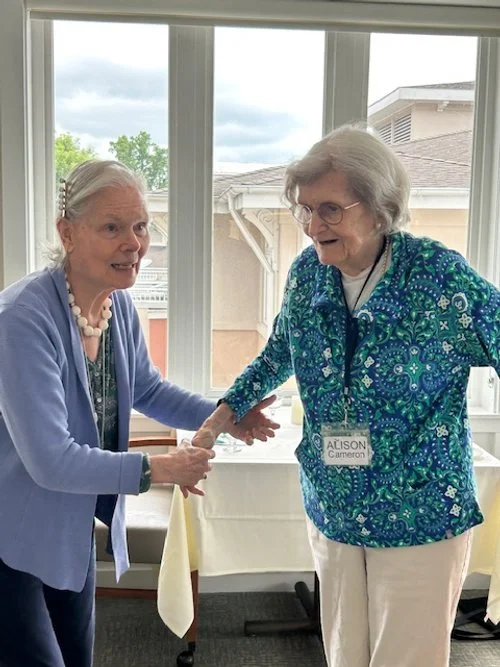
Photos from Simone (with help from Caroline Reiss)
© Kendal on Hudson Residents Association 2015, 2016, 2017, 2018, 2019, 2020, 2021, 2022 all rights reserved. Please do not reproduce without permission.
Photographs of life at Kendal on Hudson are by residents.